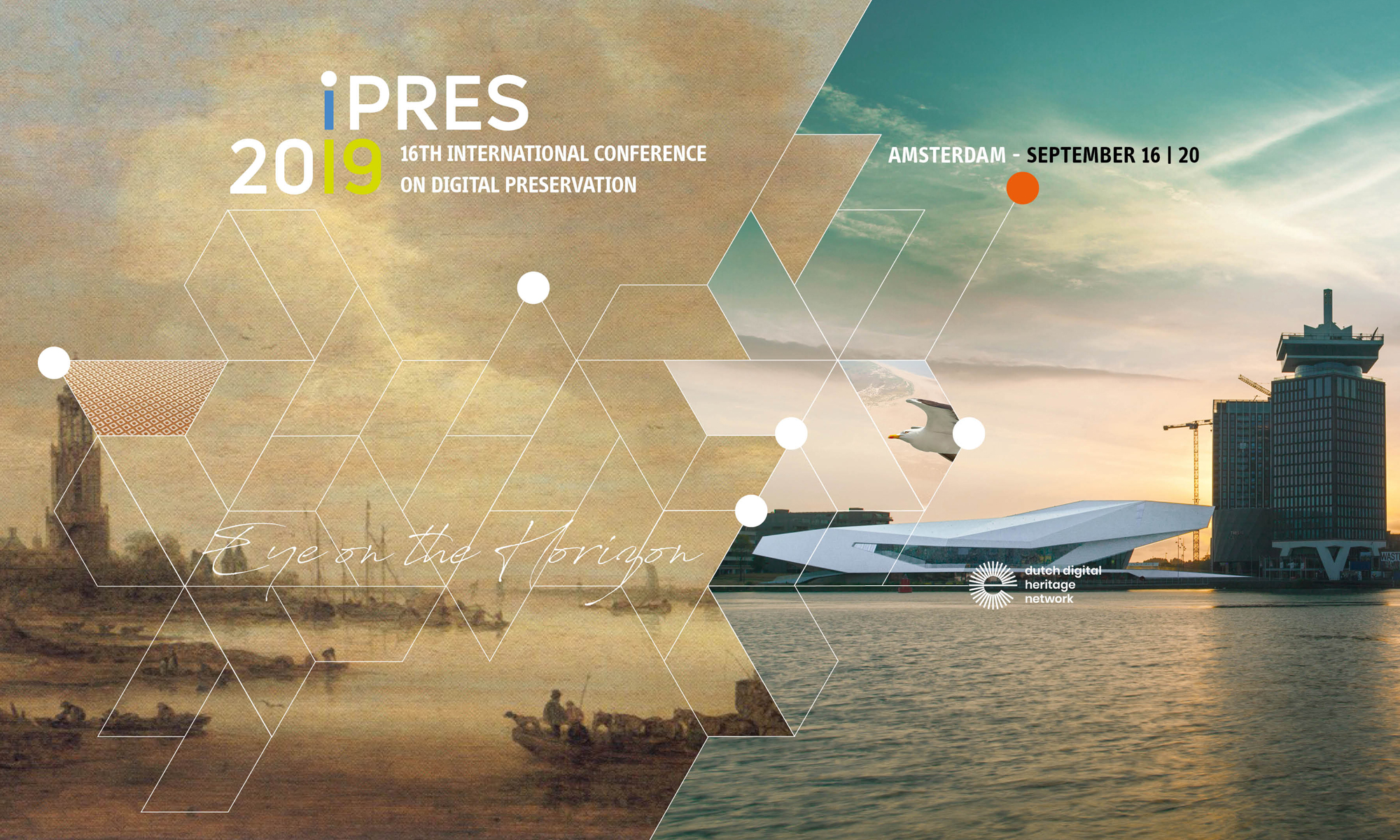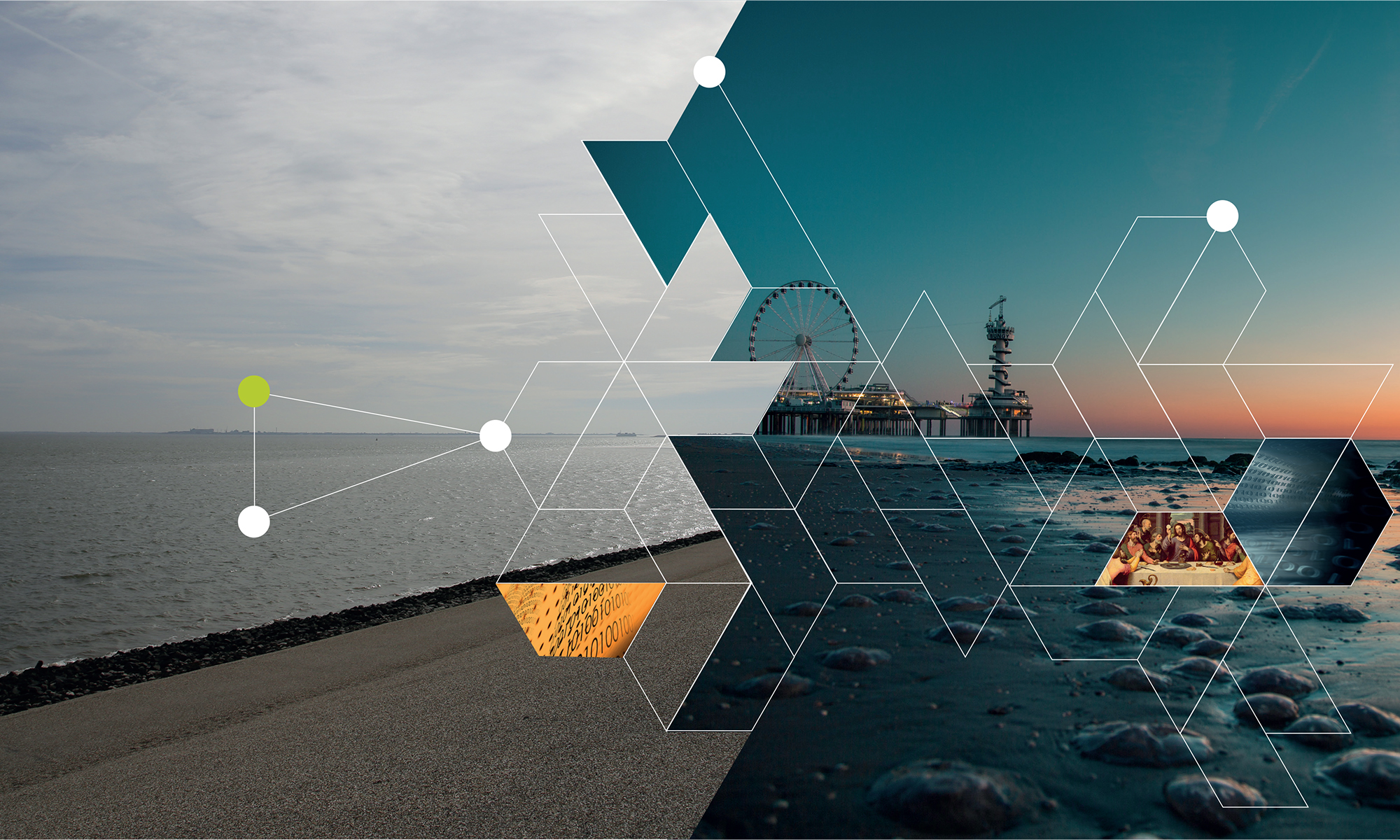COLLABORATION // Collaboration
Cinema 1
Paper
Detailed Programme
Setting Up Open Access Repositories: Challenges and Lessons from Palestine
Andreas Rauber (TU Wien)
Research outputs produced by developing countries lack visibility. Common reasons are high costs of publishing, reluctance to share, as well as lack of journals focusing on research challenges specific to developing countries. The ongoing change towards open access and the rising popularity of institutional repositories allows for bridging the gap to developed countries. However, this still requires cultural, organizational and technical changes. In this paper, we describe a holistic approach for deploying open access repositories and building research data management services and increasing data curation skills. We describe how we identified users’ needs and necessary supporting systems and services. We also explain the rationale and challenges faced when implementing popular repository systems and share experiences in developing institutional data management policies. Finally, we provide common goals for a national roadmap. All these actions are the first step towards the preservation of both research outputs and cultural assets. The paper is based on our experiences from ROMOR project that helped in establishing policies, systems, and organizational workflows at four Palestinian universities.
Download Paper (PDF)Digital Preservation and Enterprise Architecture Collaboration at the University of Melbourne: A Meeting of Mindsets
Jaye Weatherburn (University of Melbourne), Lyle Winton (University of Melbourne) and Sean Turner (University of Melbourne)
This paper examines a meeting of mindsets at the University of Melbourne, and how digital preservation and enterprise architecture have joined forces to meet goals of the university’s Digital Preservation Strategy 2015-2025. We identify the points of connection and similarities between digital preservation and enterprise architecture. We explore how a core foundation for university-wide infrastructure implementation is being achieved through effective collaboration between the Scholarly Services-based Digital Scholarship team at the university (the team responsible for driving digital preservation project work) and the Infrastructure Services-based Enterprise Architecture unit. We investigate the similarities and differences in approach for these two diverse business units within the university context, and identify how collaboration between digital preservation and enterprise architecture can continue to drive mutually beneficial digital preservation operations at the university.
Download Paper (PDF)Building a User Group for a Digital Preservation Product
Jonathan Tilbury (Preservica), Remke Verdegem (Nationaal Archief) and Euan Cochrane (Yale University Library)
Digital Preservation places a strong emphasis on building communities to share experiences and develop solutions. Traditionally these communities were built on geographic or functional alignment or created through external grant funded research activities. As commercial Digital Preservation products have emerged vendors have created User Groups for their customers that seek to fulfil this function. Using the lessons of the 11-year history of the Preservica User Group, this paper explores how these User Groups function and compares this to studies of User Groups in other domains.
Download Paper (PDF)Together Forever, or How We Created a Common and Collaborative Digital Preservation Service
Johan Kylander (CSC – IT Center for science), Juha Lehtonen (CSC – IT Center for science)
Collaboration is a key to success in digital preservation. In Finland we have established a wide and successful model of collaboration with archives, libraries and museums to preserve our digital cultural heritage. This collaboration is an ongoing effort, which is essential through the whole life cycle of digital assets as digital preservation needs to be a dynamic activity in a constantly changing environment. In association with archives, libraries and museums we are able to build capabilities that are needed for digital preservation. We stipulate that we have been able to create a unified and centralized preservation service with a set of common specifications only through a close collaboration with the data curators.
Download Paper (PDF)

